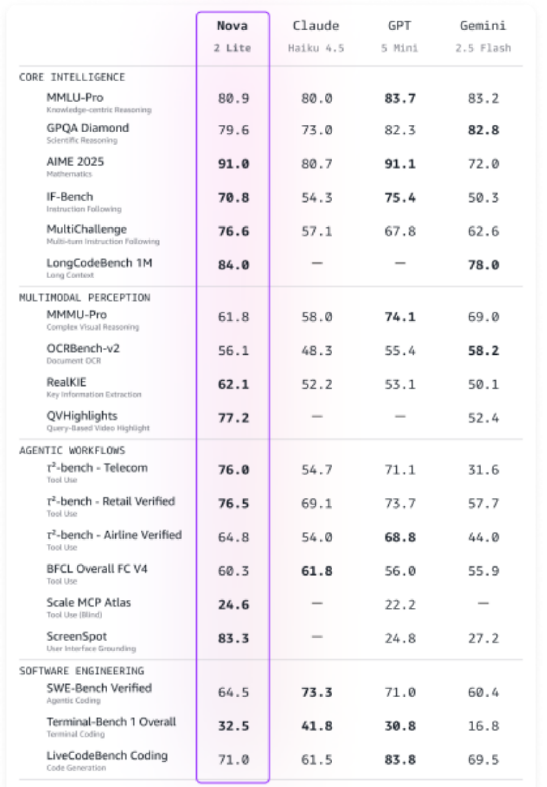Meta has recently released its latest AI image processing model, DINOv3. This model is based on self-supervised learning, trained on 1.7 billion images, with 7 billion parameters, and can handle various image tasks and domains without relying on annotated data. This makes DINOv3 show great potential in areas with limited data, especially in satellite image analysis.

DINOv3 is designed to adapt to different image processing needs, and users only need to perform a small amount of adaptation to apply it to specific tasks. According to benchmark test results provided by Meta, the performance of DINOv3 has significantly improved compared to its predecessor DINOv2, although the extent of this improvement is not as significant as the leap from DINOv1 to DINOv2.
Notably, Meta has also released multiple variants of pre-trained models on GitHub, along with adapters and training and evaluation code. All these resources are open under the DINOv3 license, allowing commercial use, which provides more convenience for developers and researchers.
In the context of rapid technological advancement, DINOv3 undoubtedly brings new possibilities to the field of image processing, especially in scenarios that require efficient processing and analysis of large amounts of images, and its application prospects are highly anticipated.
Project: https://github.com/facebookresearch/dinov3
Key Points:
🖼️ DINOv3 is a newly released AI image processing model that can complete various image tasks without requiring annotated data.
📈 The model was trained on 1.7 billion images, has 7 billion parameters, and shows significant performance improvements over the previous version DINOv2.
💻 Meta also provides pre-trained models and related code on GitHub, supporting commercial use, making it convenient for developers to use.









